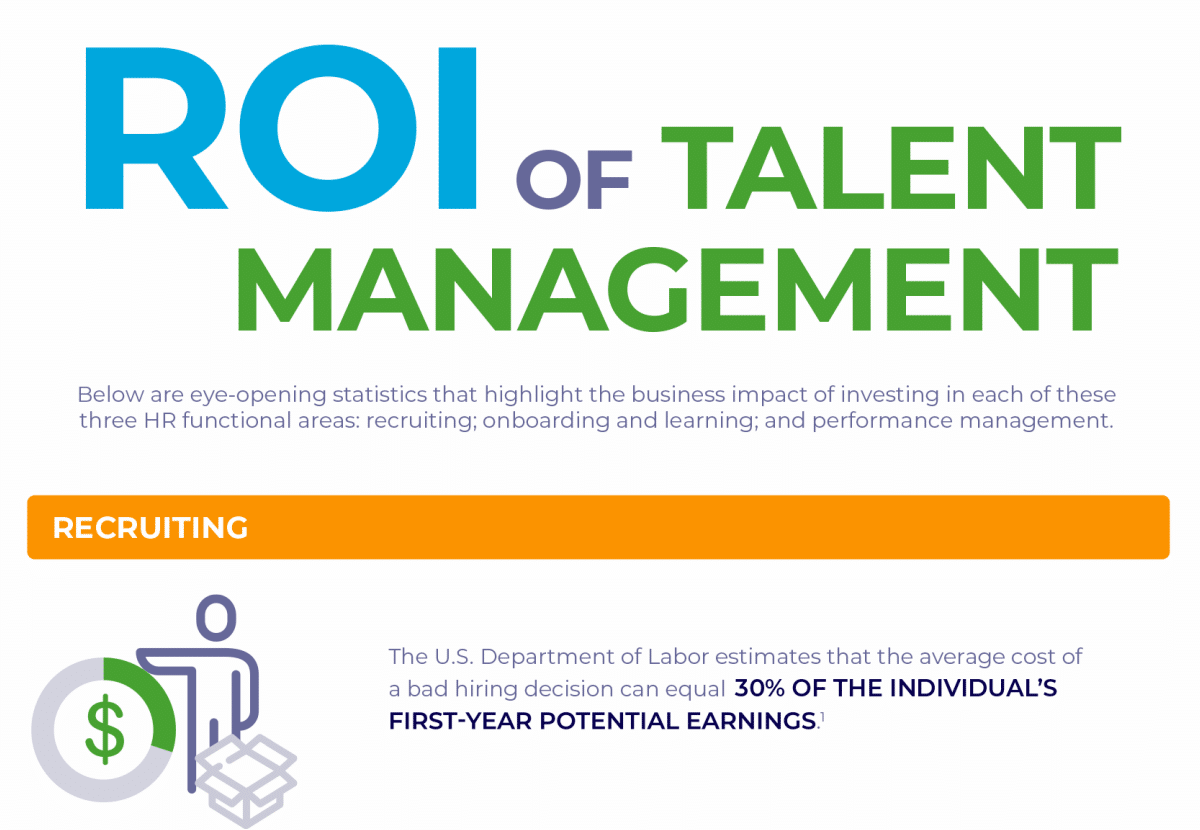Training Decisions Have Real Bottom-Line Growth [infographic] – Friday Distraction
I always think of this time of year as “budget season”. You know, when organizations are thinking about what they’ve accomplished during the current year and the goals they want to achieve in the upcoming year. Not only is it great for performance, but it helps to create the budget.
In my experience, I found that when putting together the HR budget and department goals, I needed to come prepared with data. It wasn’t enough for me to say, “I believe this is happening …” or “I’ve heard that our competitors are doing …”. I had to come to the meeting with internal data in the form of cost per hire, turnover, exit interview analysis, etc. AND, external data about what was happening in the talent market.
This infographic from our friends at Saba is worth bookmarking for future reference.
Honestly, I don’t know that the bad hiring decision numbers were a real surprise. Turnover is expensive. But I thought that the section on onboarding and learning was relevant and valuable. There’s a huge positive connection between learning, productivity, and profits.
As organizations are focused on recruiting and retention, it makes sense to think about learning. If companies can’t find the talent they’re looking for, they will have to start building learning programs that will develop those skills from within.
Learning begins with onboarding. Organizations should start asking candidates about learning during interviews. Make sure that the individuals you’re hiring are prepared to view learning with enthusiasm. Design onboarding programs to be less about telling new hires what to do and more focused on training.
Teach employees how to be self-learners. We talk all the time about how individuals need to become lifelong learners. But have we really taught people how to do it? Becoming a lifelong learner is about developing self-awareness.
Feedback should happen at every level and in every direction. It’s time to push back on the notion that feedback only happens when a manager speaks to an employee. Employees need to provide upward feedback. Peer-to-peer feedback is very relevant.
As organizations start to look at next year’s goals and budgets, it might be time to elevate training on HR’s priority list. Because training decisions can increase productivity and improve profitability.
P.S. If you’re looking for ways to increase the ROI of your talent investments, I hope you’ll consider joining me and the Saba team for a webinar on “How to Use 1:1s to Support Career Development”. The event is Thursday, September 20, 2018 at 9a Pacific / 12n Eastern. And it’s been approved for SHRM and HRCI recertification credits.
